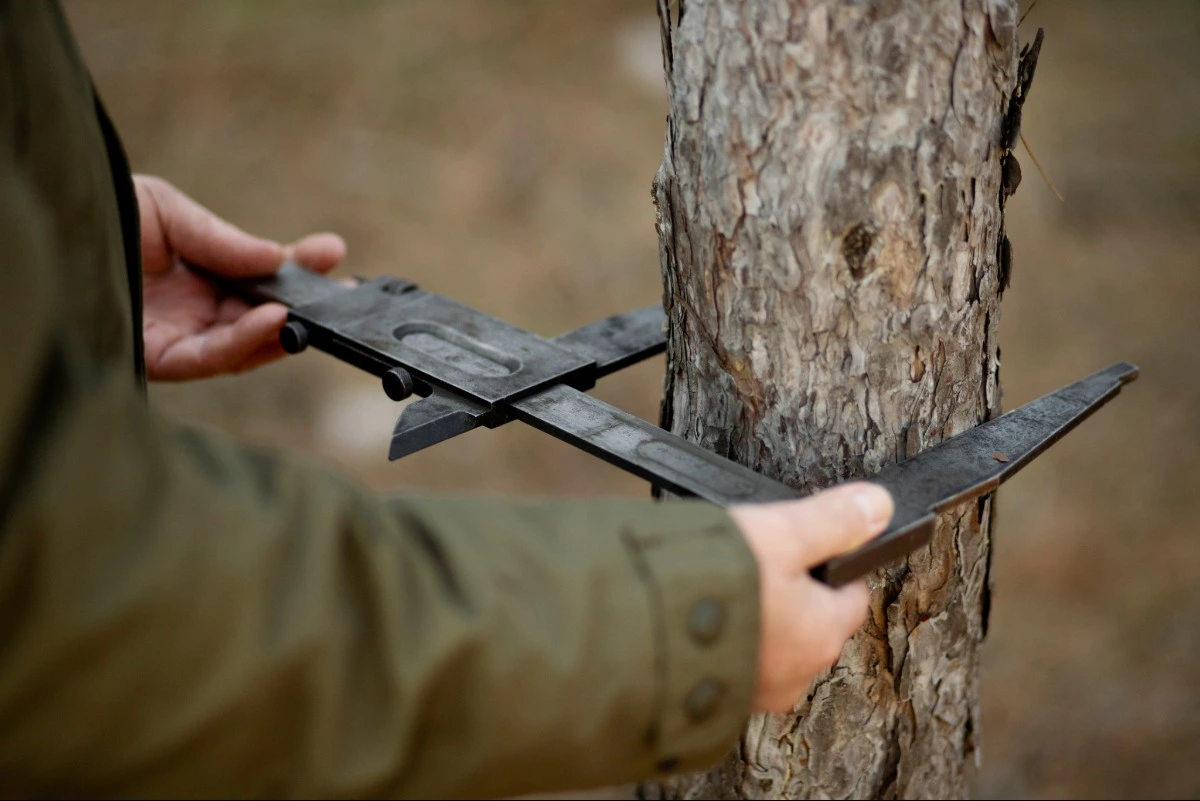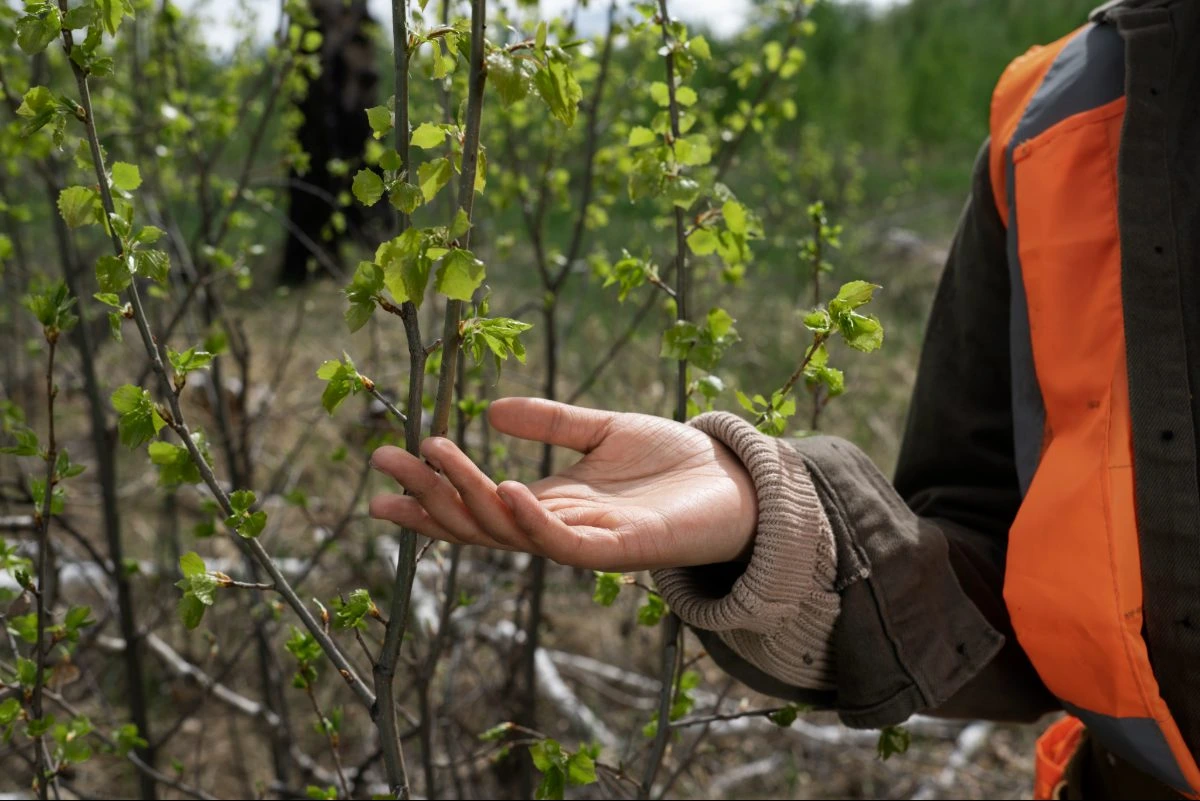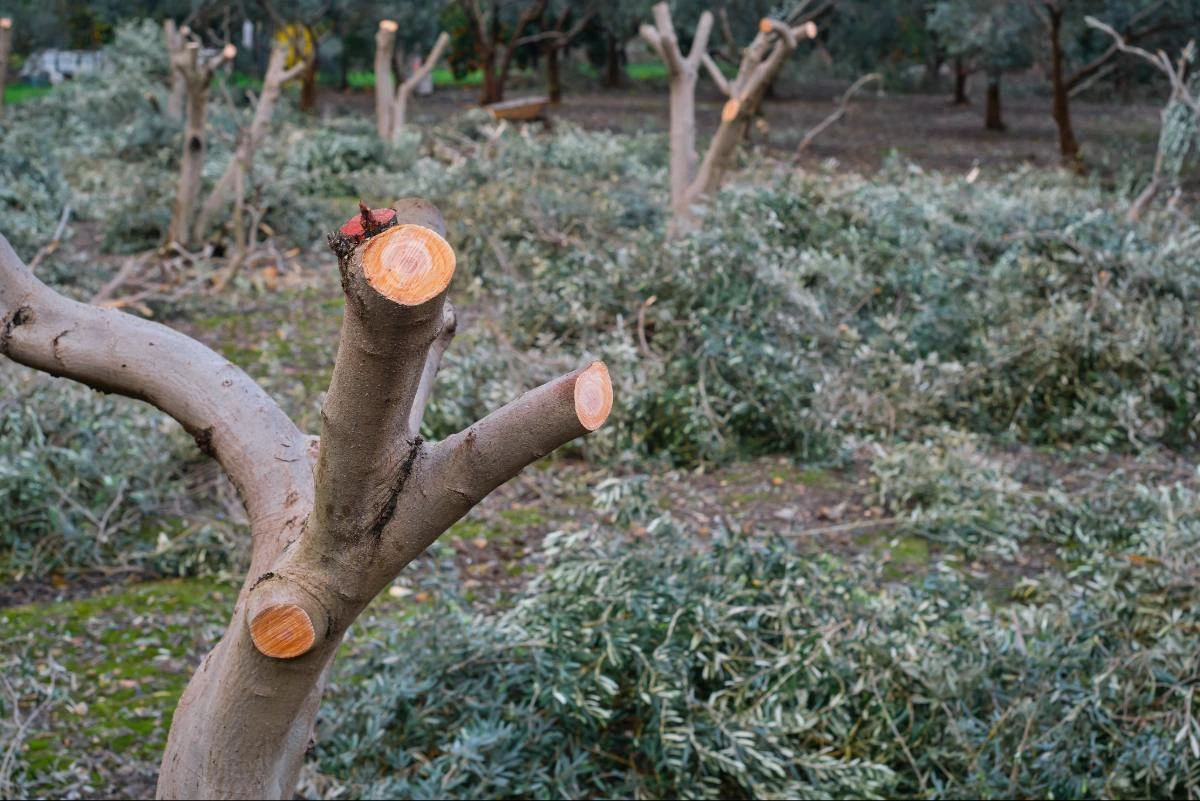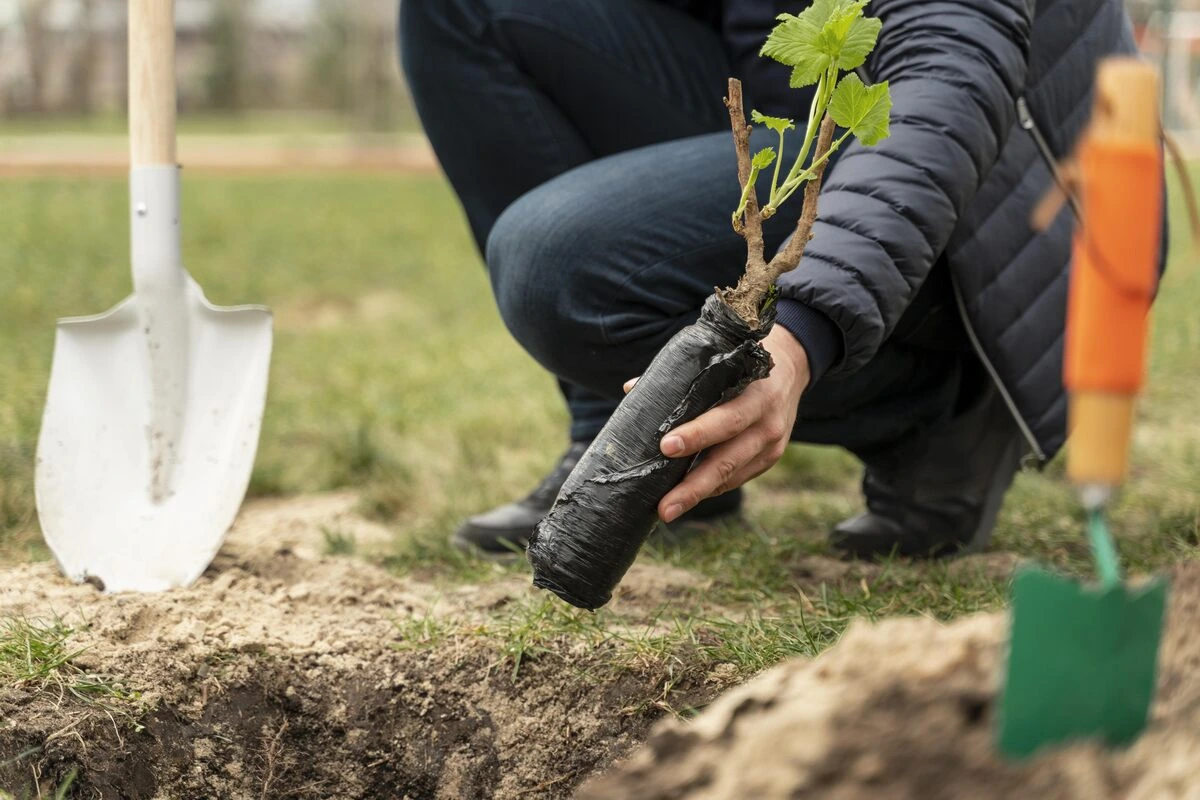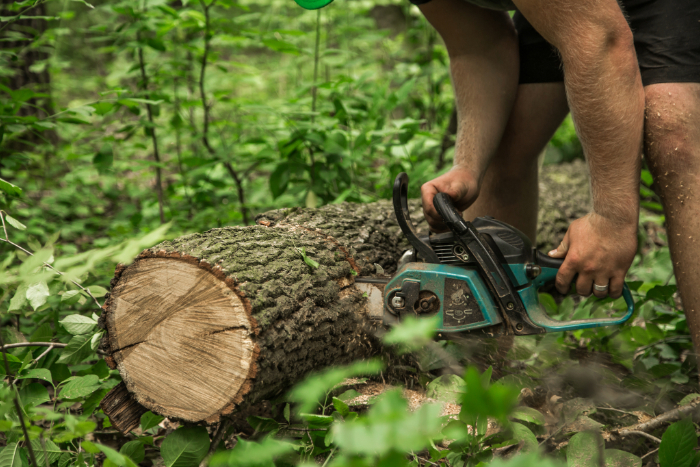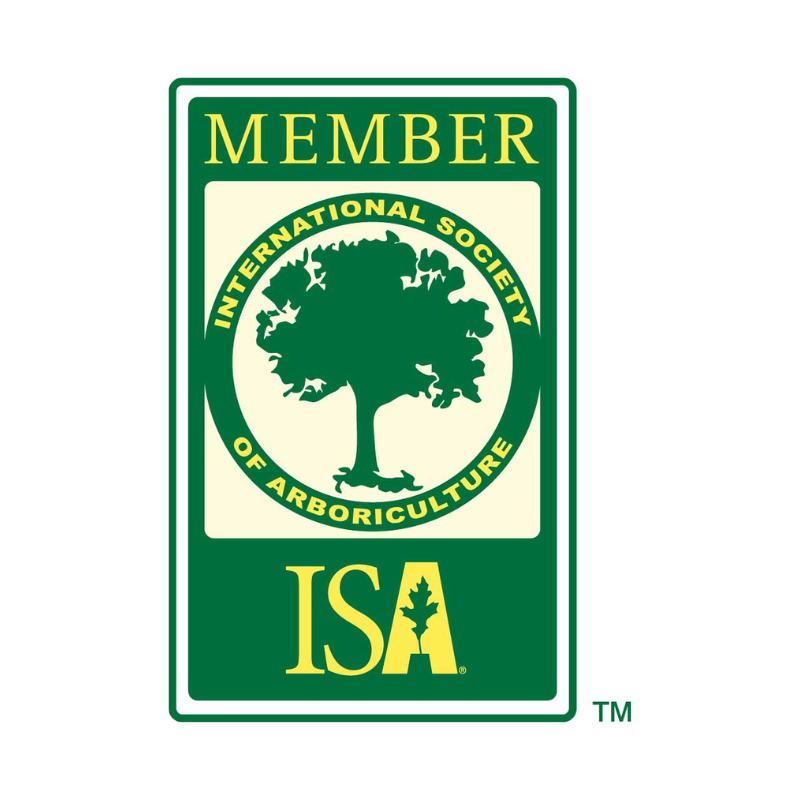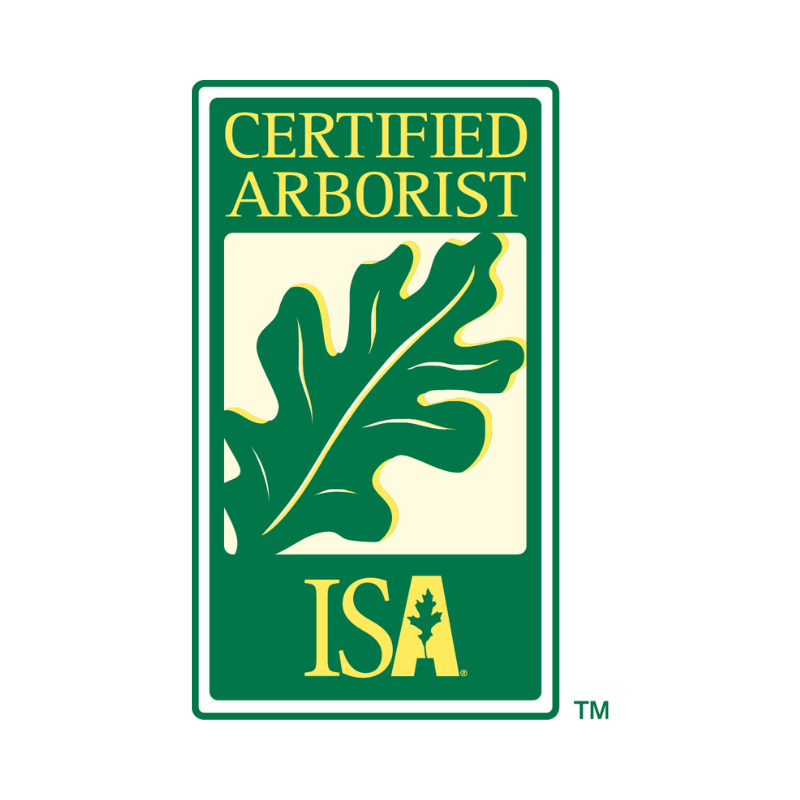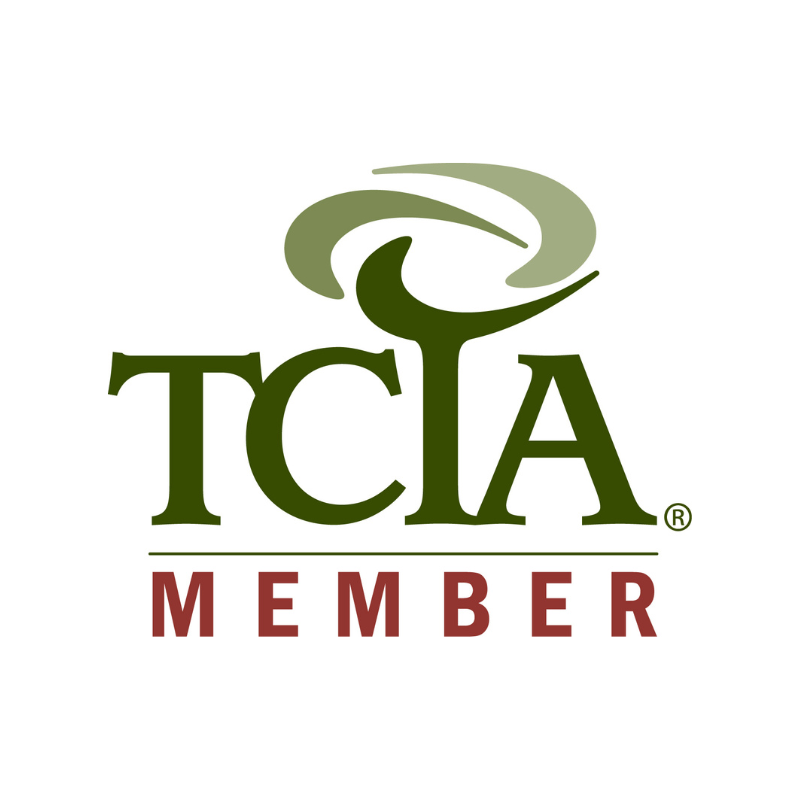Strengthening Your Trees: Cabling, Bracing, and Support Systems in Dallas and Tarrant County
In the heart of North Texas, where powerful spring storms and unpredictable winds sweep through Dallas County and Tarrant County, homeowners in neighborhoods like Colleyville, Grapevine, and Southlake often face a common challenge: trees that seem sturdy until they’re not. Picture this: a mature live oak in your Fort Worth backyard, its branches swaying dramatically during a thunderstorm, threatening your roof or power lines. Or a towering pecan in a Dallas suburb, weakened by years of clay soil compaction and summer droughts, suddenly splitting under the strain. These scenarios aren’t just hypothetical—they’re all too real in our region, where severe weather events have intensified, with 2025 bringing even more frequent high-wind advisories according to local reports. As a family-owned tree services company with over 30 years of experience serving Dallas and Tarrant Counties, The Lawn Firm understands the heartbreak and hassle of storm-damaged trees. But there’s good news: professional tree cabling and bracing can provide the reinforcement your landscape needs, preventing costly removals and enhancing safety.
Tree cabling and bracing are specialized support systems designed to stabilize weak or structurally compromised trees without removing them. These techniques, endorsed by the International Society of Arboriculture (ISA), involve installing flexible cables or rigid rods to limit excessive movement in branches or trunks, allowing trees to continue thriving naturally. In Dallas and Tarrant County, where red oaks, elms, and cedars dominate residential lots, these systems are increasingly vital amid our volatile climate—think gusts up to 60 mph during tornado season or the heavy rains that saturate our expansive soils. Our ISA-certified arborists, TRAQ-qualified for risk assessments, have helped countless clients in areas like Mansfield and Highland Park avoid disaster by implementing these proactive measures.
Why does this matter now, in 2025? With urban growth pressuring tree roots and climate patterns shifting toward more intense storms, queries for “tree cabling bracing Dallas” are on the rise as homeowners seek professional tree care in Dallas to protect their investments. This guide will walk you through everything you need to know about these support systems: what they are, when they’re essential in North Texas, the installation process, and how to integrate them into your overall tree maintenance plan. Whether you’re in Tarrant County’s rolling hills or Dallas County’s urban sprawl, strengthening your trees isn’t just about survival—it’s about preserving the beauty and value of your property. Ready to learn more? Let’s dive in and explore how The Lawn Firm can help safeguard your landscape with a free consultation.
(Word count so far: 428)
What is Tree Cabling and Bracing?
Tree cabling and bracing are advanced arboricultural techniques used to support trees with structural defects, such as co-dominant stems, cracks, or included bark—issues that can lead to failure without intervention. These methods don’t “fix” the tree but rather reduce the risk of branch or trunk breakage by distributing stress more evenly during wind or ice loads.
Understanding Tree Cabling
Cabling involves installing high-strength, flexible steel cables between branches or from a branch to the trunk, typically high in the canopy. The cables act like suspenders, limiting the spread of forked limbs while permitting natural sway. This is ideal for multi-stemmed trees common in Texas landscapes, like our native Mexican plum or bur oak. According to ISA best practices, cabling should follow ANSI A300 standards to ensure it’s non-invasive and long-lasting, often requiring periodic inspections to adjust for growth.
The Role of Bracing
Bracing, on the other hand, uses rigid rods—either through-bolted or installed with washers and bolts—to connect split trunks or codominant leaders. It’s more structural, providing direct support against splitting forces. In North Texas, where freeze-thaw cycles can exacerbate cracks in species like post oak, bracing is a go-to for lower canopy issues. Our TRAQ-certified team at The Lawn Firm selects materials that minimize tree damage, such as dynamic bracing systems that allow slight movement for healthier growth.
Comparing Cabling and Bracing: A Quick Guide
To help you decide which might suit your property in Dallas County or Tarrant County, here’s a simple comparison:
| Aspect | Tree Cabling | Tree Bracing |
|---|---|---|
| Primary Use | Limiting branch movement in canopy | Stabilizing trunk splits or forks |
| Material | Flexible steel cables | Rigid steel rods or bolts |
| Installation Location | High in the tree (20-40 ft up) | Lower on trunk (ground level to 15 ft) |
| Best For | Mature trees with wide crowns | Younger trees with vertical cracks |
| Maintenance | Annual checks for tension | Biennial inspections for corrosion |
| Cost Factors | Depends on tree height and access | Influenced by rod count and depth |
Both systems are temporary solutions, typically lasting 10-20 years before reassessment, and they’re most effective when combined with proper pruning. For personalized advice on tree cabling bracing Dallas, contact our arborist consultations page to schedule a free site visit.
(Word count so far: 812)
Why Your Trees in Dallas and Tarrant County Need Support Systems
North Texas’s unique environment makes tree support systems a smart investment for homeowners. Our region experiences over 50 thunderstorm days annually, with winds that can exceed 50 mph, as seen in the early 2025 storm season that downed hundreds of limbs across Fort Worth and Dallas. Clay-heavy soils in Tarrant County retain water poorly, leading to root instability, while Dallas County’s urban heat islands stress trees further, causing uneven growth and weak points.
Local Factors Influencing Tree Stability
- Severe Weather Patterns: Tornado Alley influences mean high winds and hail; cabling helps trees in Grapevine withstand these without snapping.
- Soil and Climate Challenges: Alkaline soils in Southlake limit nutrient uptake, weakening branches; bracing counters this by supporting overloaded limbs.
- Common Tree Species at Risk: Live oaks and pecans, beloved in Colleyville backyards, often develop V-shaped crotches that bracing can reinforce.
Spot structural issues early by reading our guide on Signs Your Tree Needs Professional Help. Early detection prevents the need for full removal—explore options in our Tree Removal Guide.
Signs That Indicate the Need for Cabling or Bracing
Watch for these red flags in your Dallas or Fort Worth trees:
- Cracks or Splits: Vertical fissures in the trunk, especially after storms.
- Codominant Stems: Two main leaders growing at sharp angles, prone to splitting.
- Leaning or Overhanging Branches: Those threatening structures in high-traffic areas like driveways.
- Excessive Leaning: Due to root damage from construction in growing neighborhoods.
- Deadwood Accumulation: Indicating internal decay that support systems can manage.
If you notice these, don’t wait—professional tree care in Dallas can save your tree and your peace of mind. Our team uses advanced assessments to recommend the right system, ensuring compliance with local regulations.
For more on integrating support with routine care, check our Ultimate Guide to Tree Care in North Texas.
(Word count so far: 1,156)
When to Consider Tree Cabling and Bracing in North Texas
Timing is crucial for tree cabling and bracing in Dallas and Tarrant County. The best window is late fall or winter (November to February), avoiding oak wilt season and allowing trees to heal before spring growth. In 2025, with forecasts predicting a wetter-than-average spring, proactive installation before March is advisable to brace against early storms.
Seasonal Considerations for Texas Trees
- Pre-Storm Preparation: Install supports in dormant season; learn more in our Preparing Your Trees for Texas Storms guide.
- Post-Storm Assessment: After events like the April 2025 norther that hit Mansfield, evaluate for bracing needs—see What to Do After a Storm.
- Routine Maintenance Tie-In: Combine with pruning, as outlined in When and How to Prune Trees in Texas, to reduce weight on supported areas.
Avoid DIY attempts; improper installation can worsen damage. Instead, schedule a free consultation with The Lawn Firm today at +1 817-545-6396 or info@thelawnfirm.com. Our Colleyville-based team serves all of Tarrant and Dallas Counties promptly.
If you’re planting new trees, choose resilient species from our Best Trees to Plant in Dallas and Fort Worth and plan for future support.
(Word count so far: 1,378)
The Process of Installing Cabling and Bracing Systems
At The Lawn Firm, our installation process for tree cabling and bracing emphasizes safety, precision, and minimal disruption—hallmarks of our 30+ years as a trusted family-owned provider in North Texas.
Step-by-Step Installation Overview
- Initial Assessment: An ISA-certified arborist visits your property for a free evaluation, using tools like resistographs to detect decay without harming the tree.
- Design Planning: We create a custom plan based on tree species, location, and risks—e.g., cabling for a windswept elm in Highland Park.
- Preparation and Pruning: Remove deadwood first to lighten the load, following eco-friendly practices.
- Installation: For cabling, we climb and drill small holes for cables; bracing involves threading rods through splits. All work adheres to ANSI A300 Part 3 standards.
- Testing and Monitoring: Tension cables appropriately and schedule follow-ups; systems are dynamic to allow growth.
- Cleanup and Education: We tidy your site and provide care tips, like avoiding lawn equipment near roots.
This process, tailored for local conditions like our expansive blackland prairie soils, sets us apart. Debunk common misconceptions in our Common Tree Myths Debunked post—cabling isn’t a “band-aid” but a proven, science-backed solution.
(Word count so far: 1,612)
Benefits of Professional Tree Support in Dallas County and Tarrant County
Investing in tree cabling bracing Dallas yields long-term rewards: enhanced safety, preserved aesthetics, and boosted property values. In storm-vulnerable areas like Grapevine, supported trees reduce liability risks by up to 70%, per ISA studies. They extend tree lifespan by 10-15 years, maintaining shade and curb appeal in Southlake estates.
Local examples abound—a braced pecan in Colleyville withstood 2025’s high winds, saving a family from costly removal. Environmentally, these systems promote biodiversity by preserving mature trees that sequester carbon. Additionally, they complement stump management if partial removal is needed; learn the differences in Stump Grinding vs. Removal.
Ready to protect your trees? Call us at +1 817-545-6396 for a no-obligation estimate.
(Word count so far: 1,742)
FAQs About Tree Cabling and Bracing in Dallas and Tarrant County
When should I cable a tree in Dallas?
Cabling is recommended for trees with wide-angled branches over 30 feet tall, especially before storm season. Consult an expert for site-specific timing.
How much does tree bracing cost in Tarrant County?
Costs vary by tree size and complexity; contact The Lawn Firm for a free estimate tailored to your Fort Worth property.
Is tree cabling permanent?
No, it’s a temporary support lasting 10-20 years, requiring inspections to adjust for growth.
Can cabling and bracing prevent all tree failures?
They reduce risks significantly but aren’t foolproof; combine with regular pruning for best results.
Are your arborists certified for tree support in North Texas?
Yes, our team holds ISA certifications and TRAQ qualifications, ensuring top-tier professional tree care in Dallas.
How do I know if my tree needs support after a storm?
Look for leaning, cracks, or bark separation; schedule a free post-storm assessment with us.
What’s the difference between cabling and guy wiring?
Guy wiring anchors roots for young trees; cabling supports canopies in mature ones.
Do support systems harm the environment in Texas?
When installed professionally, they minimize impact and help preserve mature trees vital for local ecosystems.
In conclusion, tree cabling and bracing are essential tools for safeguarding your Dallas County or Tarrant County landscape against North Texas’s unpredictable weather. As your local experts at The Lawn Firm—family-owned, ISA-certified, and committed to sustainable practices— we’re here to provide the reliable support your trees deserve. Don’t wait for the next storm; contact us today for a free consultation at +1 817-545-6396, info@thelawnfirm.com, or visit 1603 Hall-Johnson Rd, Colleyville, TX 76034. Strengthen your trees, secure your home—let’s grow together.
(Total word count: 1,956)

